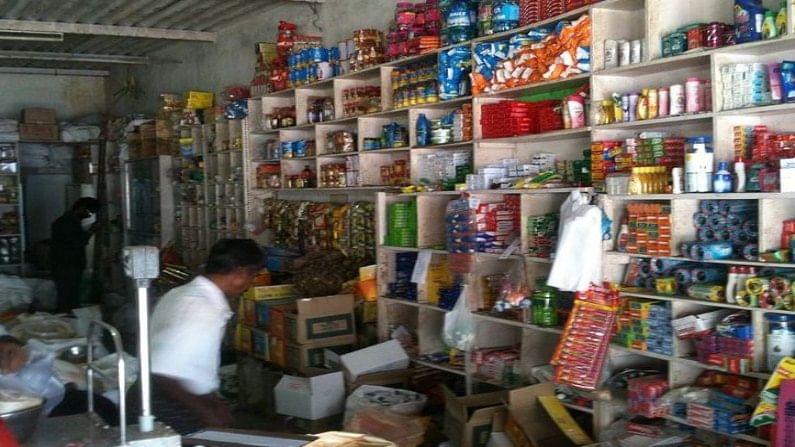Myth of rural consumption story debunked. Check how
Kantar said that rural growth had seen a consistent slowdown as compared to the urban growth for the first time in seven years

Sales of FMCG products in rural markets were not driven by reverse migration to villages and small towns during the lockdowns, contradicting the perception that it did, according to a report in The Economic Times. However, a lot of white collar workers who left cities like Bangalore and Mumbai for their home towns, worked remotely from there. But, there were no significant disruptions caused by such migration during the pandemic on consumption of daily essentials and groceries, according to companies.
Rural growth consistently slowing down
According to research firm Kantar, 10% of households claimed to have a migrant in their home. Through out the periods of lockdown and unlocking, the average purchase of households that claimed to have migrated from towns remained the same as non-migrants. Average consumption for both consumer segments remained at roughly 120 kgs during the second wave.
India’s largest biscuit maker Parle said that government providing free food grains since the lockdown was imposed last year, saw savings of rural consumers go up and were eventually spent on other essentials. Due to this narrowing of supply and demand, wheat prices remained stable and helped them in keeping prices intact.
Marico said that smaller players with limited direct distribution were impacted which helped larger companies grow faster.
Further, rural growth had seen a consistent slowdown as compared to the urban growth for the first time in seven years. However, this trend reversed, and for the twelve months through May 2021, the rural market expanded 4.4% as compared to 3.7% the previous year and 3.3% for urban markets.